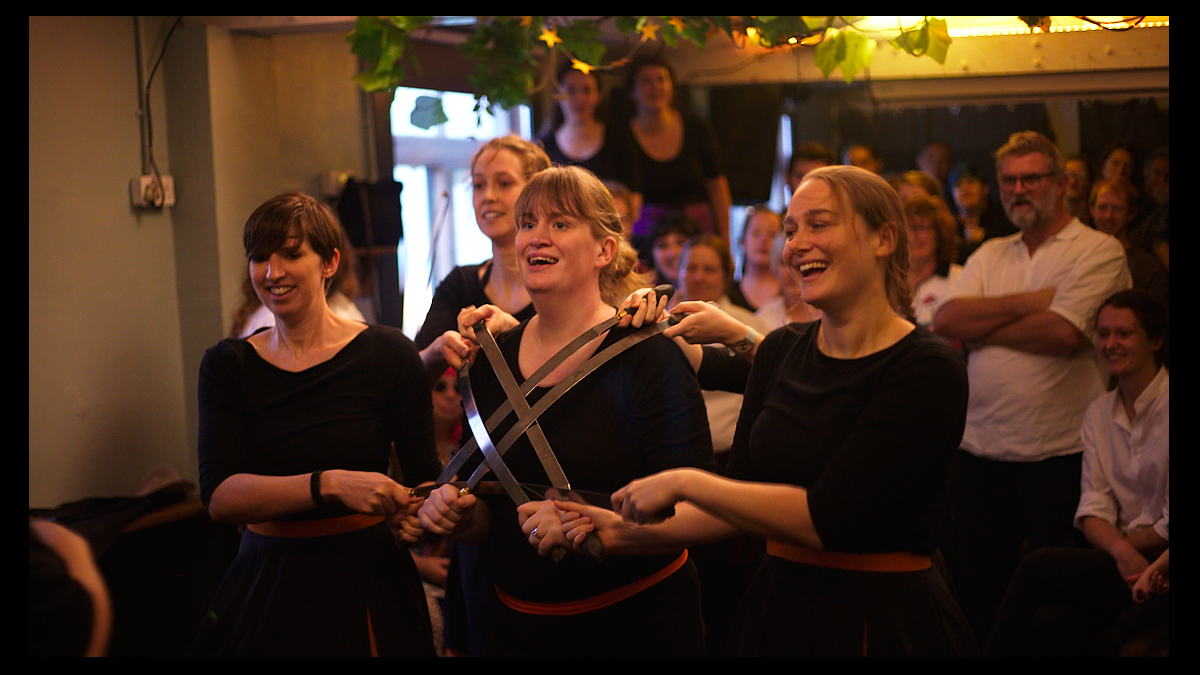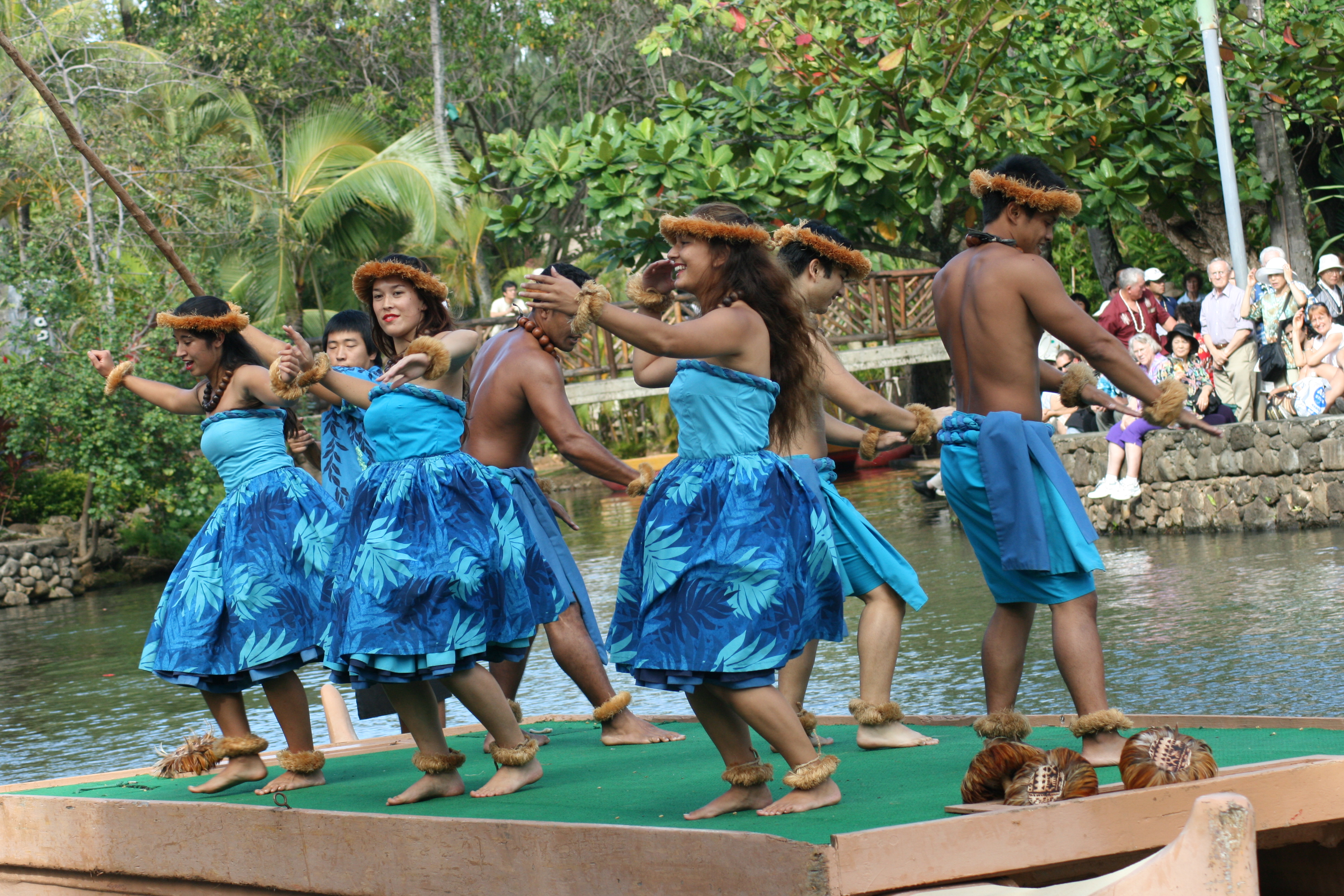|
Zonaradiko
Zonaradiko () is a traditional Greek folk dance from Thrace (Greece) that is named after the dance's handhold. Dancers hold the adjacent dancer's ''zonaria'' ( belt) during the dance. Zonaradiko is a village line dance done in one form or another all over Greece. In each village the dance will look somewhat different, but the basic structure is essentially the same. The same dance is done in Bulgaria under the name Pravo. The variations below are a collection of steps commonly done by folk dancers throughout the US and as seen done by various groups in Greece. Many variations of the dance exist. In northern Thrace, zonaradikos turns into a fast tsestos. In western Thrace, the dance is led by the males, and the females follow towards the end of the line. As the dance nears the end, the first dancer moves to the centre and the others twist around him, then they "untwist" and go back to their normal positions. Mixed lines of men and women, holding belts. The leader is on the ri ... [...More Info...] [...Related Items...] OR: [Wikipedia] [Google] [Baidu] |
Pravo
Pravo horo () is a very popular, simple folk dance from Bulgaria that is done throughout the Balkan countries. In Greece, it is called Zonaradiko. It is considered the "national dance" of Bulgaria, Albania, and North Macedonia. It is a rustic village line dance with a three-measure pattern, done to or music, and is a staple of weddings, feast days, and other celebrations. As with other Balkan dances, each country and even local region has its own variation of the dance, often interspersing other steps with the basic ''pravo'' step, to the extent that these different versions amount to distinct dances. Description Pravo is a line dance, with men and women dancers in one or more concentric curving lines, facing in toward the center, holding hands. One of two handholds is used, either simply holding hands down at the sides with right palm facing forward, left facing back, or the "belt hold" (''na lesa''), with each dancer holding the front of his two neighboring dancers' belt or ... [...More Info...] [...Related Items...] OR: [Wikipedia] [Google] [Baidu] |
Greek Dances
Greek dance (''choros''; ) is an old tradition, being referred to by authors such as Plato, Aristotle, Plutarch and Lucian. There are different styles and interpretations from all of the islands and surrounding mainland areas. Each region formed its own choreography and style to fit in with their own ways. For example, island dances have more of a different smooth flow to them, while Pontic dancing closer to the Black Sea, is very sharp. There are over 10,000 traditional dances that come from all regions of Greece. There are also pan-Hellenic dances, which have been adopted throughout the Greek world. These include specifically the Syrtos, Kalamatianos, Pyrrhichios, Ballos, Zeibekiko, and hasapiko. Traditional Greek dancing has a primarily social function. It brings the community together at key points of the year, such as Easter, the grape harvest or patronal festivals; and at key points in the lives of individuals and families, such as weddings. For this reason, tradition ... [...More Info...] [...Related Items...] OR: [Wikipedia] [Google] [Baidu] |
Folk Dance
A folk dance is a dance that reflects the life of the people of a certain country or region. Not all ethnic dances are folk dances. For example, Ritual, ritual dances or dances of ritual origin are not considered to be folk dances. Ritual dances are usually called "religious dances" because of their purpose. The terms "ethnic" and "traditional" are used when it is required to emphasize the cultural roots of the dance. In this sense, nearly all folk dances are ethnic ones. If some dances, such as polka, cross ethnic boundaries and even cross the boundary between "folk" and "ballroom dance", ethnic differences are often considerable enough to mention. Background Folk dances share some or all of the following attributes: *Dances are usually held at folk dance gatherings or social functions by people with little or no professional training, often to traditional music. *Dances not generally designed for public performance or the stage, though they may later be arranged and set for ... [...More Info...] [...Related Items...] OR: [Wikipedia] [Google] [Baidu] |
Thrace (Greece)
Thrace (, ; ; ; ) is a geographical and historical region in Southeast Europe roughly corresponding to the province of Thrace in the Roman Empire. Bounded by the Balkan Mountains to the north, the Aegean Sea to the south, and the Black Sea to the east, it comprises present-day southeastern Bulgaria (Northern Thrace), northeastern Greece (Western Thrace), and the European part of Turkey (East Thrace). Lands also inhabited by ancient Thracians extended in the north to modern-day Northern Bulgaria and Romania and to the west into Macedonia (region), Macedonia. Etymology The word ''Thrace'', from ancient Greek ''Thrake'' (Θρᾴκη), referred originally to the Thracians (ancient Greek ''Thrakes'' Θρᾷκες), an ancient people inhabiting Southeast Europe. The name ''Europe'' (ancient Greek Εὐρώπη), also at first referred to this region, before that term expanded to include its Europe, modern sense. It has been suggested that the name ''Thrace'' derives from the na ... [...More Info...] [...Related Items...] OR: [Wikipedia] [Google] [Baidu] |
Handhold (dance)
A handhold is a manner in which the dancers hold each other's hands during the dance Dance is an The arts, art form, consisting of sequences of body movements with aesthetic and often Symbol, symbolic value, either improvised or purposefully selected. Dance can be categorized and described by its choreography, by its repertoir .... A hold is the way one partner holds another one with hands. Hold and handhold are important components of connection in dance. Couple dances *Waist-hand hold *Shoulder-waist hold *Shoulder blade hold *Ballroom hold *Banjo hold *Barn dance hold *Butterfly hold: in face-to-face dance position, the arms are extended sideways palm to palm, elbows slightly bent *Shoulder hold (varsouvienne hold) *Cross-back hold *Promenade hold *Short-arm hold *Skaters hold **Back skaters hold: partners side-by-side, same hands joined, man right arm around lady's waist with right hands on the lady's right hip, left hands joined in front, man's hand palm up **Front s ... [...More Info...] [...Related Items...] OR: [Wikipedia] [Google] [Baidu] |
Belt (clothing)
A belt is a flexible band or strap, typically made of leather, plastic, or heavy cloth, worn around the natural waist or near it (as far down as the hips). The ends of a belt are free; and a buckle forms the belt into a loop by securing one end to another part of the belt, at or near the other end. Often, the resulting loop is smaller than the hips. Belts come in many lengths because of the variety in waist sizes, and most belts can be adjusted at the buckle to suit the wearer's waist. Description Belts are used variously to secure or hold up clothing, such as trousers, shorts, and skirts; to carry objects, such as tools and weapons; and to define or accentuate the waist. Some garments have a series of belt loops at the waist, through which a belt can be threaded. Additionally, many belts have a "keeper loop" affixed to one end, near the buckle. The keeper loop stops the free end of the belt from flapping around once the belt is buckled. Some belts also have an end tip (ma ... [...More Info...] [...Related Items...] OR: [Wikipedia] [Google] [Baidu] |
Line Dance
A line dance is a choreographed dance in which a group of people dance along to a repeating sequence of dance step, steps while arranged in one or more lines or rows. These lines usually face all in the same direction, or less commonly face each other.Knight, Gladys L. (2014). ''Pop Culture Places: An Encyclopedia of Places in American Popular Culture'', p.102. ABC-CLIO. .Lane, Christy (2000/1995). ''Christy Lane's Complete Book of Line Dancing'', p.2-4. Human Kinetics. .Zakrajsek, Dorothy; Carnes, Lois; and Pettigrew, Frank E. (2003). ''Quality Lesson Plans for Secondary Physical Education, Volume 1'', p.188. Human Kinetics. . Unlike circle dance, circle dancing, line dancers are not in physical contact with each other. Each dance is usually associated with, and named for, a specific song, such as the Macarena or the Electric Slide (associated with the 1982 single "Electric Boogie") which are a few of the line dances that have consistently remained part of modern American culture fo ... [...More Info...] [...Related Items...] OR: [Wikipedia] [Google] [Baidu] |
Bulgaria
Bulgaria, officially the Republic of Bulgaria, is a country in Southeast Europe. It is situated on the eastern portion of the Balkans directly south of the Danube river and west of the Black Sea. Bulgaria is bordered by Greece and Turkey to the south, Serbia and North Macedonia to the west, and Romania to the north. It covers a territory of and is the tenth largest within the European Union and the List of European countries by area, sixteenth-largest country in Europe by area. Sofia is the nation's capital and List of cities and towns in Bulgaria, largest city; other major cities include Burgas, Plovdiv, and Varna, Bulgaria, Varna. One of the earliest societies in the lands of modern-day Bulgaria was the Karanovo culture (6,500 BC). In the 6th to 3rd century BC, the region was a battleground for ancient Thracians, Persians, Celts and Ancient Macedonians, Macedonians; stability came when the Roman Empire conquered the region in AD 45. After the Roman state splintered, trib ... [...More Info...] [...Related Items...] OR: [Wikipedia] [Google] [Baidu] |
Greek Music
The music of Greece is as diverse and celebrated as its History of Greece, history. Greek music separates into two parts: Greek folk music, Greek traditional music and Byzantine music. These compositions have existed for millennia: they originated in the Byzantine Empire, Byzantine period and ancient Greek music, Greek antiquity; there is a continuous development which appears in the language, the rhythm, the structure and the melody. Music is a significant aspect of Greek culture, Hellenic culture, both within Greece and in the Greek diaspora, diaspora. Greek musical history Greek musical history extends far back into ancient Greece, since music was a major part of ancient Greek theater. Later influences from the Roman Empire, Eastern Europe and the Byzantine Empire changed the form and style of Greek music. In the 19th century, opera composers, like Nikolaos Mantzaros (1795–1872), Spyridon Xyndas (1812–1896) and Spyridon Samaras (1861–1917) and symphonists, like Dimitris ... [...More Info...] [...Related Items...] OR: [Wikipedia] [Google] [Baidu] |
Line Dances
A line dance is a choreographed dance in which a group of people dance along to a repeating sequence of steps while arranged in one or more lines or rows. These lines usually face all in the same direction, or less commonly face each other.Knight, Gladys L. (2014). ''Pop Culture Places: An Encyclopedia of Places in American Popular Culture'', p.102. ABC-CLIO. .Lane, Christy (2000/1995). ''Christy Lane's Complete Book of Line Dancing'', p.2-4. Human Kinetics. .Zakrajsek, Dorothy; Carnes, Lois; and Pettigrew, Frank E. (2003). ''Quality Lesson Plans for Secondary Physical Education, Volume 1'', p.188. Human Kinetics. . Unlike circle dancing, line dancers are not in physical contact with each other. Each dance is usually associated with, and named for, a specific song, such as the Macarena or the Electric Slide (associated with the 1982 single "Electric Boogie") which are a few of the line dances that have consistently remained part of modern American culture for years. Line dancing i ... [...More Info...] [...Related Items...] OR: [Wikipedia] [Google] [Baidu] |





